Meyer lemons are some of the most sought-after lemons and for good reason. They lack that sour flavor that regular lemons have and replace it with a subtle sweetness that’s great in cocktails, desserts, or with your favorite meal. Plus, they’re something you can enjoy without having to add anything to balance out the acidity that traditional lemons have.
For these reasons, more and more people are considering planting a Meyer lemon tree, especially because Meyer lemons are hard to find, expensive, and only available during the early winter to early spring months.
While planting a tree and watching it grow may seem simple, there’s a lot more to it than that. The good news is that we’re here to help. Read on to learn more about Meyer lemon tree care.
What Is a Meyer Lemon Tree?
A Meyer lemon tree is a tree that grows, well, Meyer lemons. These lemons are smaller than your average lemon and look more like oranges in appearance. This is due to their round shape and pale yellow or light orange colors.
Meyer lemons are also less thick than your average lemon, and they’re commonly eaten as fruits or mixed into the same desserts that lemons are mixed into. Therefore, they give you the choice of a little something different.
The Fundamentals of Meyer Lemon Tree Care
Meyer lemon tree care doesn’t have to be complicated, and you’ll find that it’s easy once you understand the basics. Plus, you don’t need a green thumb or any other talents to care for a Meyer lemon tree. Instead, it all comes down to finding a healthy tree and following the basics of Meyer lemon tree care.
Find a Healthy Meyer Lemon Tree
First and foremost, you need to find a healthy Meyer lemon tree. While these trees can be hard to find, you can always work with online suppliers that ensure their Meyer lemon trees are ready to be planted and cared for.
That said, you can also check your local suppliers and nurseries to see if any Meyer lemon trees are available. Unfortunately, they are rare, so we recommend starting online for the best results.
Soil
The soil you plant your Meyer tree in will make or break this whole operation. You’ll want to choose well-draining soil to prevent any type of root rot. Moreover, the soil should be a little acidic, so look for soils with a pH of about 5.5 to 6.5.
Keeping the soil fertilized is also important, and it’s best to go with a high-nitrogen soil; apply it every six to eight weeks during spring and summer for the best results. Other than these factors, your choice of soil isn’t too important as long as it can drain well.
Sunlight
Meyer trees need a lot of sunlight. If you just want a Meyer tree to look at and won’t be eating the fruit too much, about four to six hours should be plenty. On the other hand, if you plan on eating a lot of Meyer tree lemons, it’s a good idea to help the tree get more than six hours of sunlight for the best results.
Also, if you plan on keeping your Meyer lemon tree inside, it’s a good idea to plant it near a south-facing window.
Temperature
Meyer lemon trees give you a lot of leeway when it comes to temperature. You’ll find that these trees can handle temperatures of between 50 and 80 degrees Fahrenheit, so fall, spring, and some parts of winter are suitable for their growth.
While they may not grow fruit in colder temperatures, they can withstand periods of freezing temperatures, but they may start to sustain damage during bouts of prolonged exposure. It’s also important to note that Meyer lemon trees prefer humid climates.
Watering
Meyer lemon trees also need to be watered properly. That said, you don’t want the soil to get soggy, or the Meyer lemon tree may not produce as much fruit, or worse, start to die. For this reason, allow the top two inches of soil to completely dry before you water your tree again.
Understanding Meyer Lemon Tree Care
Meyer lemon trees aren’t hard to care for. As long as you follow the tips we covered in this article, you shouldn’t have any issues helping your Meyer lemon tree thrive.
That said, always get your Meyer lemon trees from the best sources for the best results. Otherwise, you may end up with a dead tree, and it won’t even be your fault.


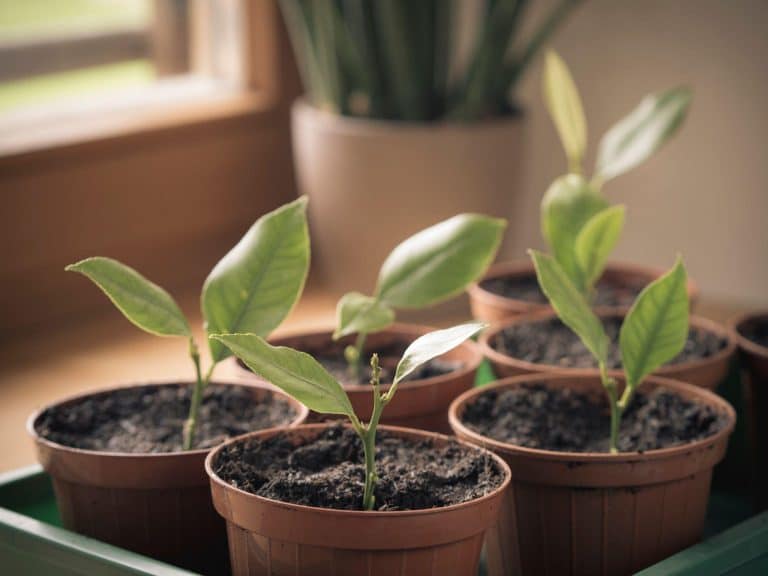




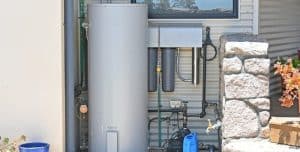


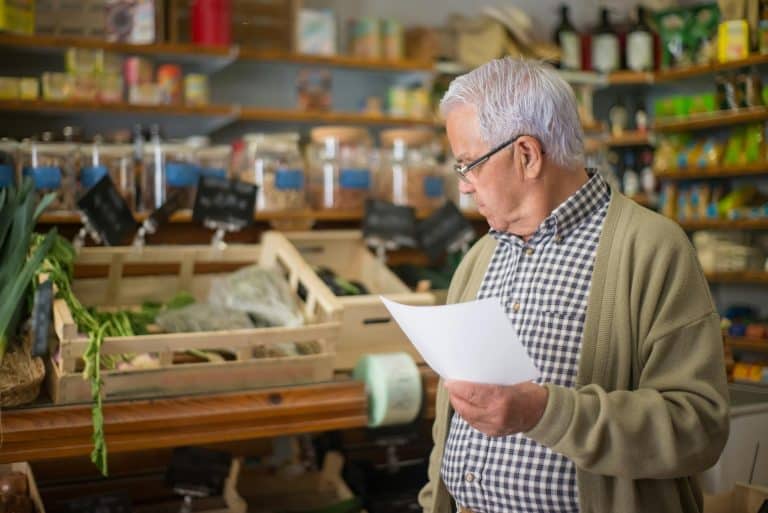
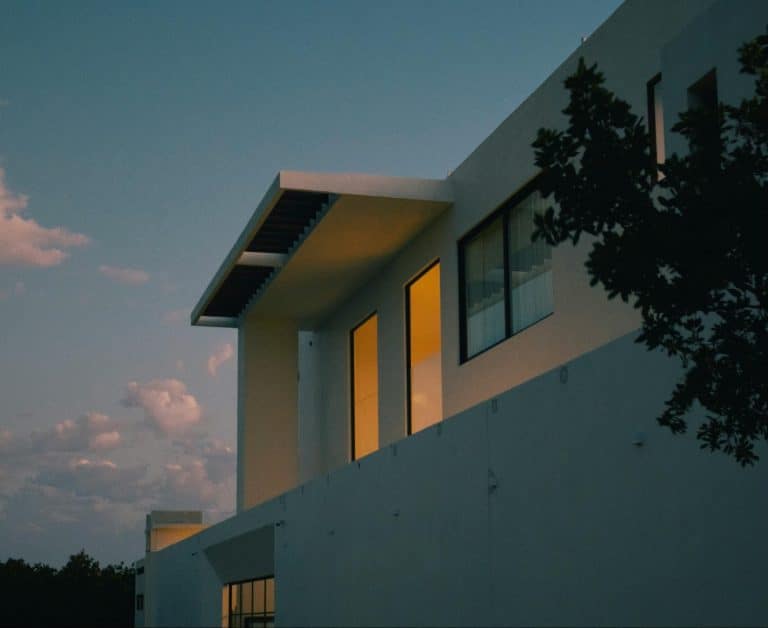

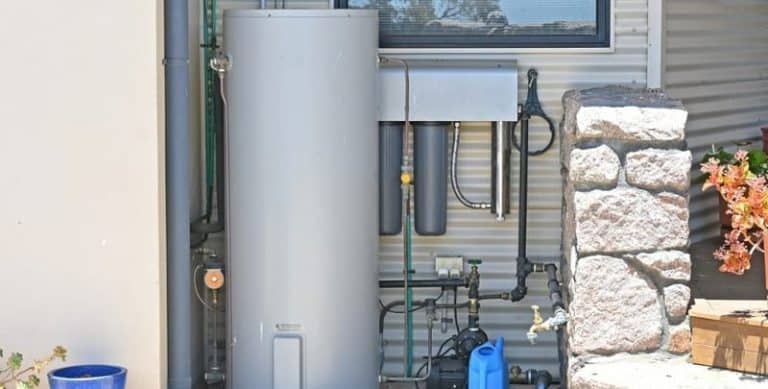
One Response
I have followed the guidelines as best I can but I don’t understand why my lemon is blooming like crazy now 11/17/25 in zone 7b. I did not fertilize because that is usually done in January or February. Should I add fertilizer now to make sure all the fruit sets?